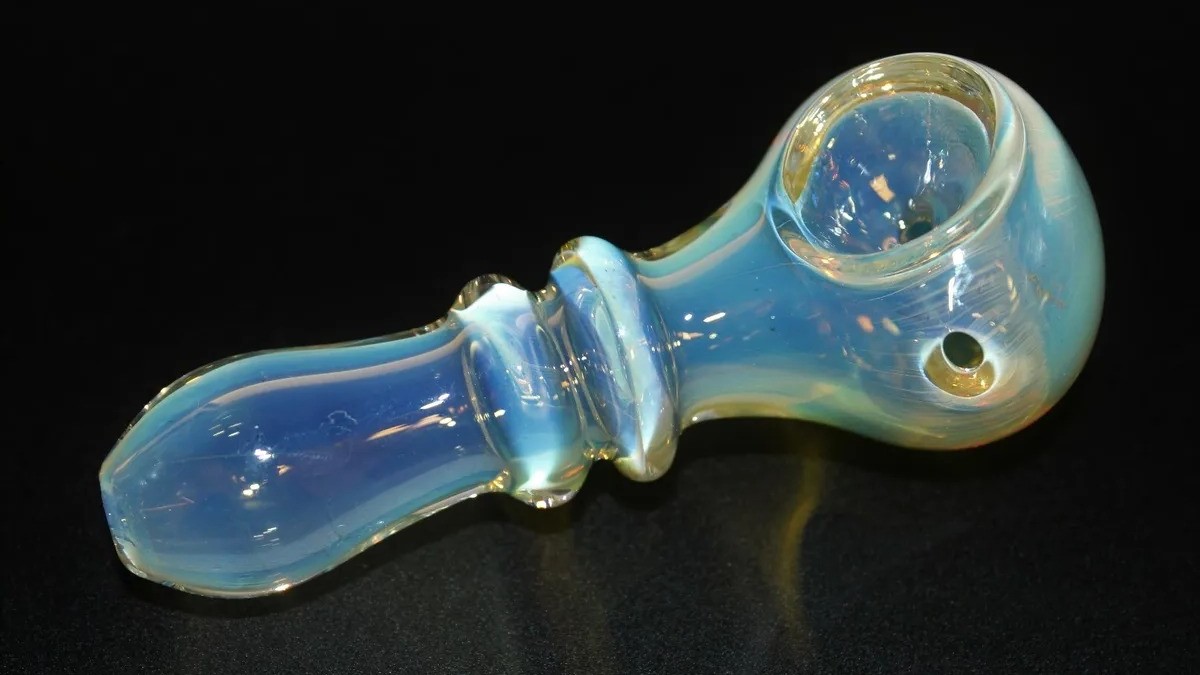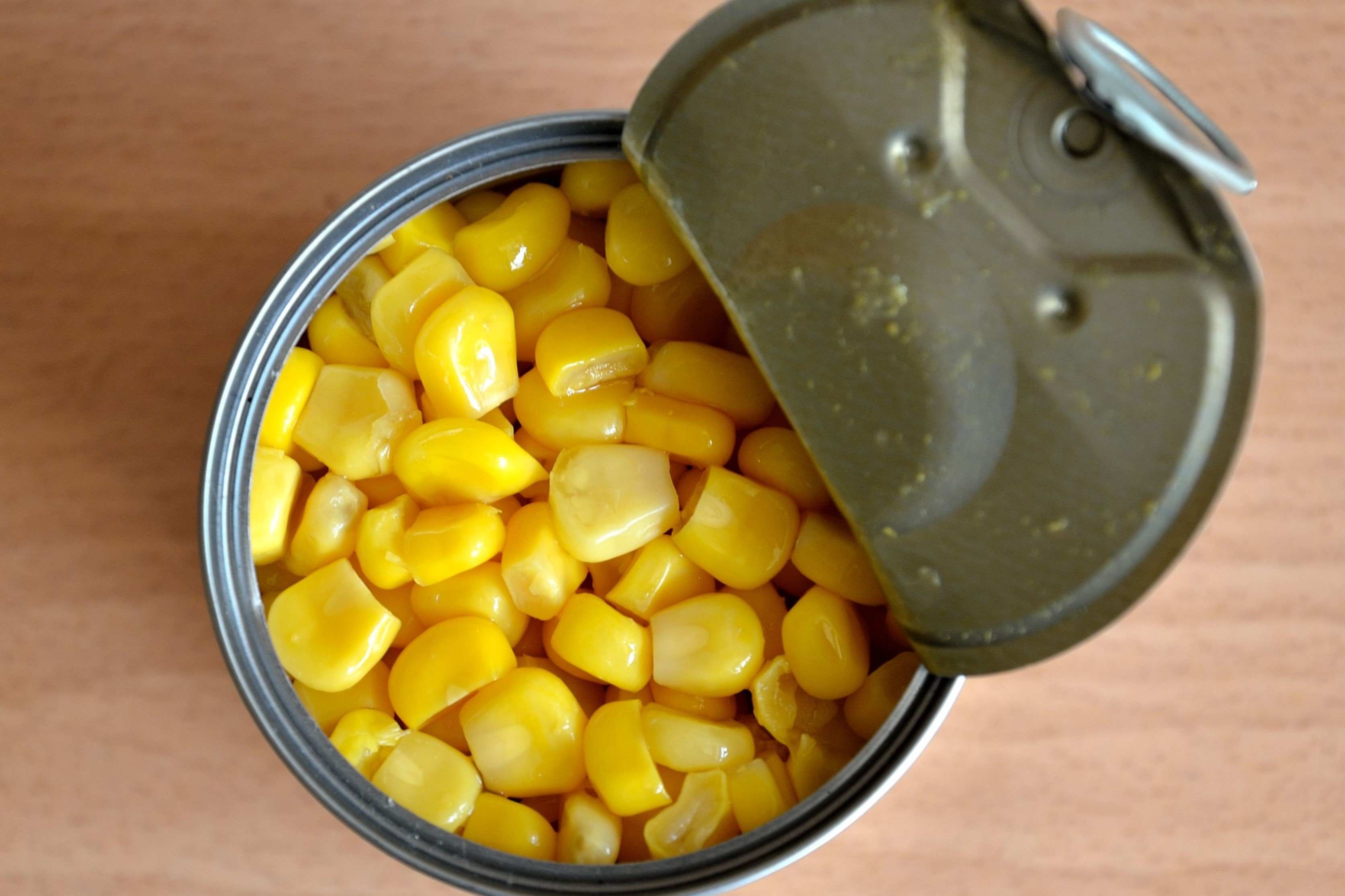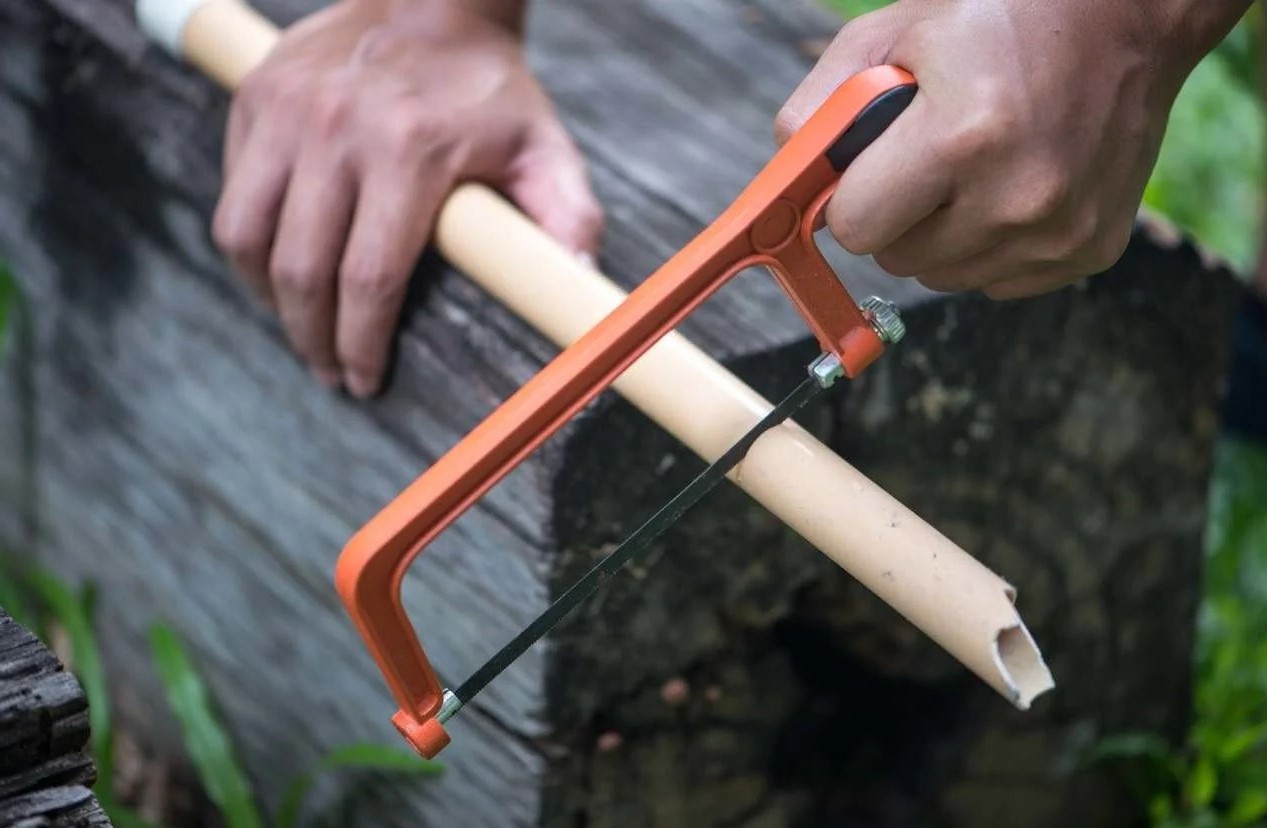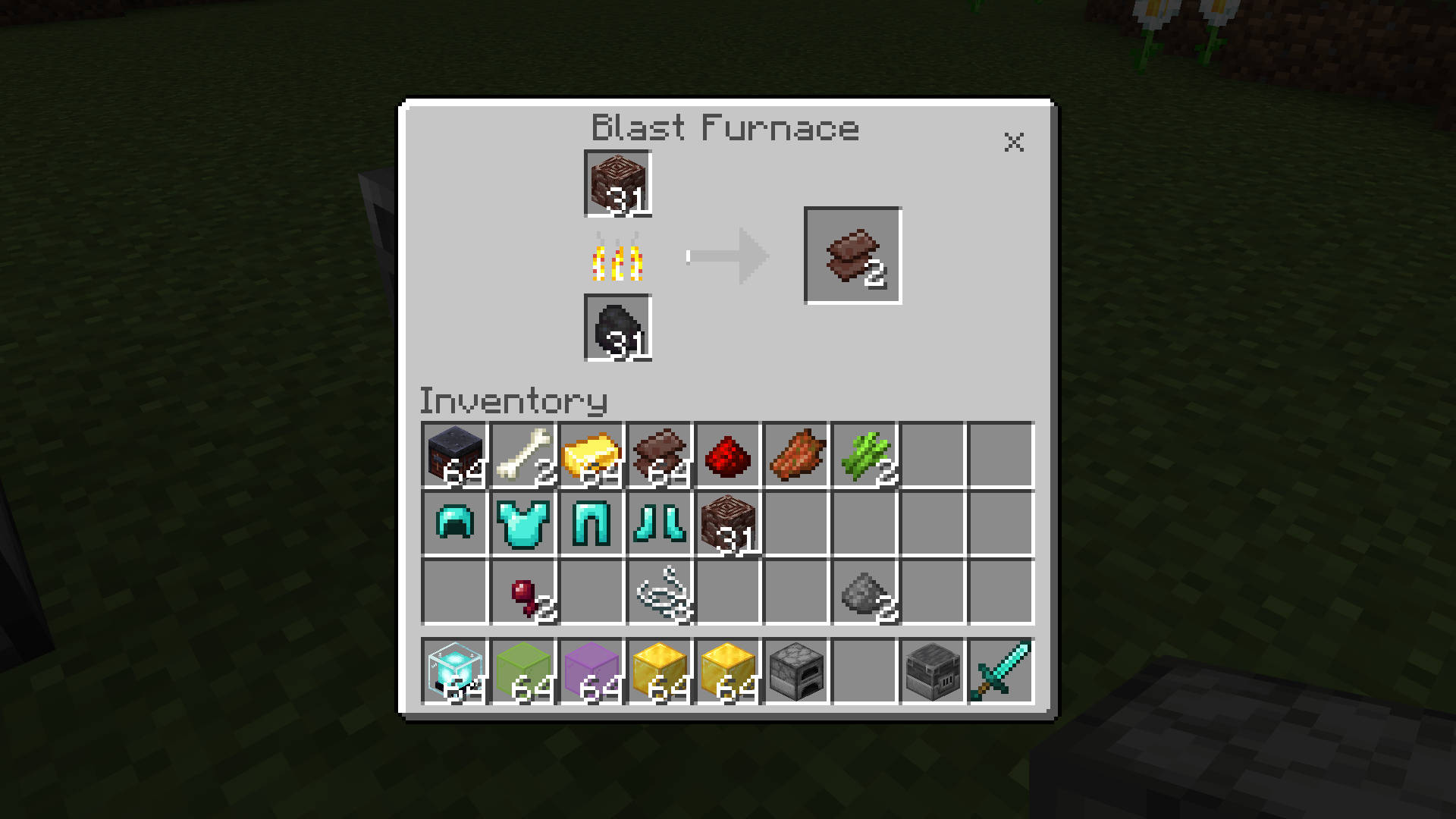Home>Arts and Culture>Master The Art Of Crafting A Corn Cob Pipe With Just The Cob!
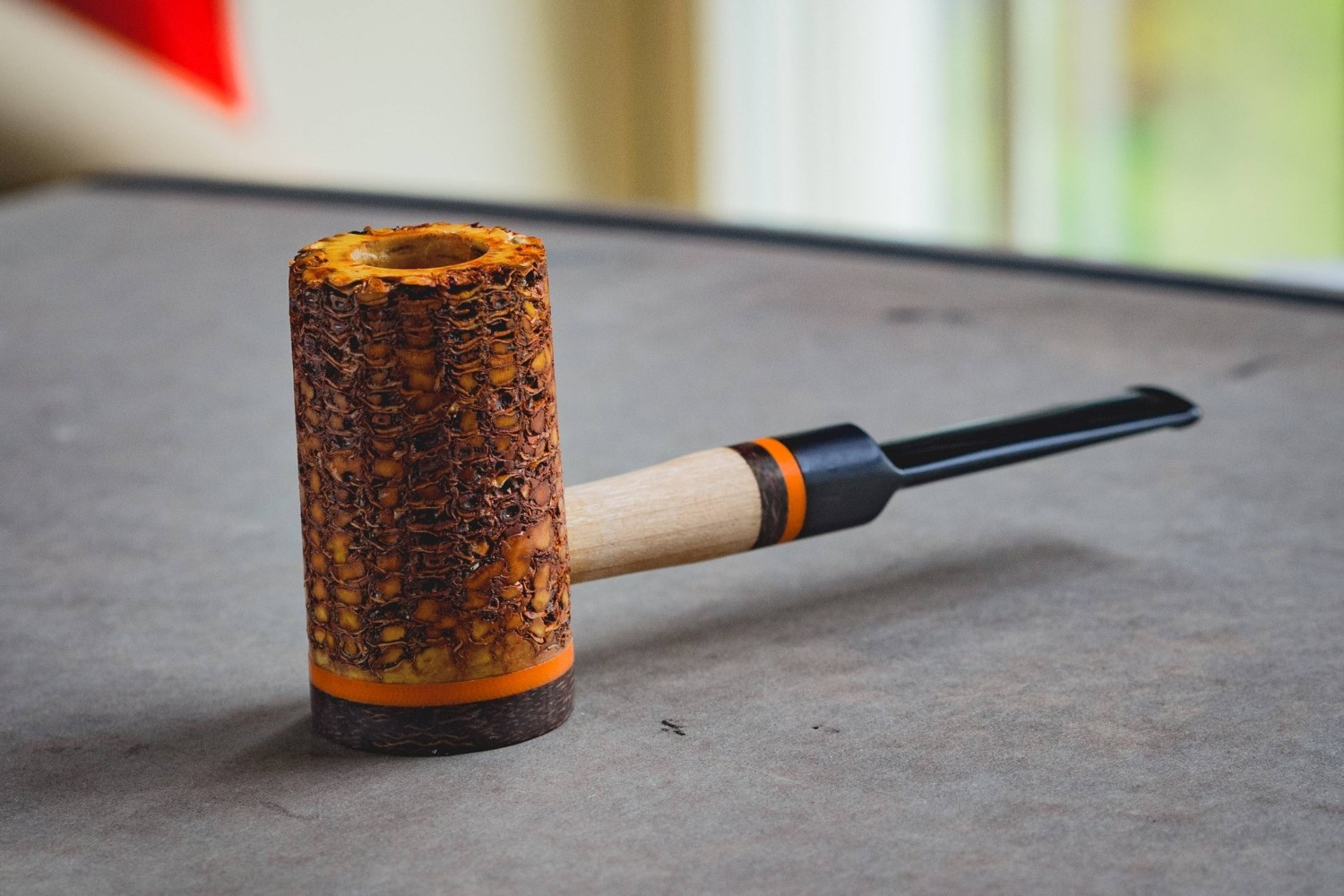

Arts and Culture
Master The Art Of Crafting A Corn Cob Pipe With Just The Cob!
Published: January 23, 2024
Discover the ancient art of crafting a corn cob pipe using just the cob! Unleash your creativity and delve into the world of arts and culture.
(Many of the links in this article redirect to a specific reviewed product. Your purchase of these products through affiliate links helps to generate commission for Noodls.com, at no extra cost. Learn more)
Table of Contents
Introduction
Crafting a corn cob pipe is a time-honored tradition that dates back to the 19th century. This art form, made famous by General MacArthur and Mark Twain, has a rich history deeply rooted in American culture. The process of transforming a simple corn cob into a functional and aesthetically pleasing smoking pipe is a testament to the ingenuity and resourcefulness of artisans throughout the ages.
The allure of crafting a corn cob pipe lies in its simplicity and accessibility. Unlike other forms of pipe making that require specialized tools and materials, creating a corn cob pipe requires only a few basic implements and, of course, a suitable corn cob. This makes it an ideal project for both seasoned artisans and beginners looking to explore the world of pipe making.
In this comprehensive guide, we will delve into the art of crafting a corn cob pipe from start to finish. From selecting the perfect cob to adding the finishing touches, we will explore each step of the process in detail, providing valuable insights and tips along the way. Whether you are a seasoned pipe enthusiast or a curious novice, this guide will equip you with the knowledge and skills to embark on your own corn cob pipe crafting journey.
So, roll up your sleeves, gather your materials, and get ready to embark on a fascinating and rewarding adventure into the world of corn cob pipe crafting. With a bit of creativity, patience, and a touch of craftsmanship, you'll soon be on your way to creating a unique and functional piece that pays homage to a time-honored tradition.
Selecting the Right Corn Cob
When it comes to crafting a corn cob pipe, selecting the right cob is the crucial first step. The ideal cob should possess certain characteristics that make it suitable for pipe making. Here's a detailed look at the process of choosing the perfect corn cob:
1. Size and Shape
The size and shape of the corn cob play a significant role in determining the final outcome of the pipe. Look for a cob that is well-proportioned, with a relatively straight and uniform shape. While variations in size and shape can add character to the finished pipe, it's essential to ensure that the cob's dimensions align with your vision for the pipe's design.
2. Density and Texture
Inspect the density and texture of the cob. A high-quality corn cob should feel sturdy and firm, indicating that it has the structural integrity necessary for crafting a durable pipe. Additionally, the texture should be relatively smooth, with minimal blemishes or irregularities. This will not only contribute to the pipe's aesthetics but also make the crafting process more manageable.
3. Inner Core
Examine the inner core of the cob. A well-suited cob for pipe making should have a relatively large and hollow core, providing ample space for the smoke chamber. While some variations in core size are acceptable, it's essential to avoid cobs with overly thin or thick cores, as they may compromise the functionality and overall quality of the pipe.
4. Overall Condition
Assess the overall condition of the cob, paying attention to any signs of damage or decay. A high-quality cob should be free from mold, rot, or significant blemishes. While minor imperfections can be addressed during the crafting process, it's best to start with a cob that is structurally sound and in good condition.
By carefully considering these factors, you can select a corn cob that serves as an excellent foundation for crafting a unique and functional pipe. Once you've chosen the perfect cob, you're ready to move on to the next step in the corn cob pipe crafting journey: preparing the cob for the crafting process.
Preparing the Cob
Before diving into the actual crafting process, it's essential to prepare the selected corn cob to ensure it is primed for the transformation into a functional pipe. This involves several key steps that lay the groundwork for the subsequent crafting stages. Here's a detailed look at the process of preparing the cob:
-
Cleaning and Drying: Begin by thoroughly cleaning the cob to remove any dirt, debris, or residual husk material. A gentle scrub with a soft-bristled brush and warm, soapy water can help eliminate any impurities. Once cleaned, allow the cob to air dry completely. This step is crucial as it ensures that the cob is free from contaminants and moisture, setting the stage for the crafting process.
-
Removing Excess Material: After the cob has dried, carefully trim away any protruding or uneven sections using a sharp knife or sandpaper. This step helps create a more uniform surface, laying the foundation for shaping the pipe. It's important to exercise caution during this process to avoid compromising the structural integrity of the cob.
-
Boring the Shank: Using a drill with an appropriate bit size, bore a hole through the center of the cob to create the shank of the pipe. This step requires precision to ensure that the shank is straight and uniform, facilitating the attachment of the stem later in the crafting process. Take care to measure the depth of the bore accurately, keeping in mind the desired dimensions of the pipe's smoke chamber.
-
Internal Smoothing: Once the shank is bored, use a small round file or sandpaper wrapped around a dowel to smooth the interior of the shank. This helps remove any rough edges or irregularities, creating a seamless and comfortable smoke passage within the pipe. A well-smoothed shank contributes to the overall smoking experience and enhances the pipe's functionality.
-
Final Inspection: After completing the aforementioned steps, carefully inspect the prepared cob, ensuring that it meets the necessary criteria for crafting a high-quality pipe. Check for any remaining imperfections or irregularities, addressing them as needed before proceeding to the next phase of the crafting process.
By meticulously preparing the cob, you set the stage for the subsequent stages of crafting, laying a solid foundation for the transformation of the humble corn cob into a unique and functional smoking pipe. With the cob now primed and ready, the next phase involves the intricate process of shaping and crafting the pipe, bringing it one step closer to its final form.
Crafting the Pipe
With the prepared corn cob in hand, the crafting process enters a pivotal phase where the transformation from a simple cob to a functional pipe begins to take shape. This stage involves a series of meticulous steps that require both precision and creativity to bring the envisioned pipe design to life.
Shaping the Bowl
The first step in crafting the pipe involves shaping the bowl, a defining feature that sets the tone for the overall aesthetic and functionality of the pipe. Using a sharp knife or carving tool, carefully carve out the bowl's interior, ensuring that the depth and dimensions align with the desired smoking experience. Pay close attention to the curvature and symmetry of the bowl, as these factors contribute to both the visual appeal and smoking performance of the pipe.
Creating the Chamber
Once the bowl has been shaped, the focus shifts to creating the smoke chamber within the cob. This involves hollowing out the designated area to accommodate the tobacco, allowing for a smooth and enjoyable smoking experience. Precision is key during this step, as the dimensions of the chamber directly impact the pipe's functionality. Careful attention to detail ensures that the smoke chamber is well-proportioned and conducive to an optimal smoking experience.
Fitting the Stem
With the bowl and smoke chamber taking form, the next crucial step is fitting the stem to the cob. Whether using a pre-made stem or crafting one from a suitable material such as bamboo or acrylic, the process involves carefully aligning and securing the stem to the shank of the pipe. This step demands precision to ensure a seamless and airtight connection, essential for the pipe's functionality and comfort during use.
Refining the Aesthetics
As the basic structure of the pipe comes together, the crafting process shifts towards refining the aesthetics. This involves smoothing out any rough edges, fine-tuning the contours of the bowl, and adding decorative elements if desired. Attention to detail during this phase elevates the visual appeal of the pipe, transforming it from a functional tool into a work of art that reflects the artisan's skill and creativity.
Finalizing the Form
Once the shaping and refining process is complete, a thorough inspection of the crafted pipe is essential to ensure that it meets the desired standards of quality and functionality. Any remaining adjustments or finishing touches are made to perfect the form and function of the pipe, culminating in the completion of the crafting phase.
By meticulously navigating each step of the crafting process, from shaping the bowl to finalizing the form, artisans bring the vision of a unique and functional corn cob pipe to fruition. This intricate process showcases the fusion of artistry and craftsmanship, resulting in a timeless piece that pays homage to the tradition of pipe making.
Read more: How To Clean A Pipe
Finishing Touches
After the meticulous crafting process, the final phase of perfecting a corn cob pipe involves the application of finishing touches that elevate its overall appeal and functionality. This critical stage adds an extra layer of refinement, ensuring that the crafted pipe not only meets the highest standards of quality but also reflects the artisan's attention to detail and dedication to their craft.
Sanding and Polishing
The finishing touches often commence with sanding the exterior of the pipe to achieve a smooth and uniform surface. This step involves using fine-grit sandpaper to meticulously sand the entire exterior, removing any remaining rough spots and imperfections. The goal is to create a seamless and polished exterior that enhances the visual allure of the pipe. Following the sanding process, the pipe is polished using a high-quality wax or polish, imparting a lustrous sheen that accentuates the natural beauty of the corn cob.
Staining or Dyeing
Artisans often choose to enhance the aesthetic appeal of the pipe by applying a stain or dye to the exterior. This allows for a personalized touch, as different stains can result in a range of hues, from light amber to deep mahogany. The staining process requires precision and a keen eye for color, as the goal is to achieve a consistent and visually appealing finish that complements the natural grain and texture of the cob. Additionally, the staining process can help protect the pipe from external elements, contributing to its longevity.
Stem Customization
For pipes with a detachable stem, customization of the stem presents an opportunity for personalization and creativity. Artisans may opt to embellish the stem with decorative elements, such as intricate carvings or unique accents, adding a distinctive flair to the pipe. Additionally, attention is given to ensuring a comfortable and ergonomic design, as the stem plays a pivotal role in the overall smoking experience. The meticulous shaping and polishing of the stem contribute to both the visual appeal and functionality of the finished pipe.
Quality Control
As the finishing touches are applied, a comprehensive quality control inspection is conducted to assess every aspect of the crafted pipe. This includes scrutinizing the overall form, ensuring that the bowl, chamber, and stem align harmoniously. Any remaining imperfections are addressed, and the functionality of the pipe is thoroughly evaluated to guarantee a seamless smoking experience. The quality control process is integral to upholding the artisan's commitment to delivering a superior, handcrafted product.
Personalization
Finally, the addition of personalized touches, such as engraving the artisan's signature or incorporating unique design elements, further distinguishes the crafted pipe as a one-of-a-kind creation. These personalization elements not only celebrate the artisan's individuality but also imbue the pipe with a sense of character and history, making it a cherished and meaningful possession for its eventual owner.
In essence, the finishing touches represent the culmination of the artisan's dedication and expertise, transforming a humble corn cob into a refined and functional work of art. Each carefully applied detail contributes to the pipe's unique identity, ensuring that it stands as a testament to the timeless tradition of pipe making and the artistry of its creator.
Conclusion
In conclusion, the art of crafting a corn cob pipe transcends the mere act of creating a smoking instrument; it embodies a rich tapestry of tradition, creativity, and resourcefulness. From the careful selection of the cob to the meticulous shaping and refining process, each step in the crafting journey reflects the artisan's dedication to preserving a time-honored tradition while infusing it with their unique vision and skill.
The journey of transforming a simple corn cob into a functional and aesthetically pleasing pipe is a testament to the ingenuity and artistry of artisans throughout history. It is a celebration of simplicity and accessibility, as the craft requires only basic tools and materials, making it accessible to both seasoned artisans and those new to the world of pipe making.
Beyond the technical aspects, crafting a corn cob pipe is a deeply personal and rewarding endeavor. It fosters a profound connection to the materials and the process, allowing artisans to channel their creativity and passion into a tangible work of art. Each step, from preparing the cob to applying the finishing touches, represents a labor of love and a testament to the artisan's dedication to their craft.
The finished corn cob pipe stands as a symbol of tradition and innovation, embodying the timeless allure of pipe smoking while showcasing the artisan's unique interpretation of this age-old art form. Whether displayed as a cherished piece of craftsmanship or used for its intended purpose, the corn cob pipe serves as a reminder of the enduring legacy of pipe making and the enduring appeal of handcrafted goods.
As we reflect on the intricate process of crafting a corn cob pipe and the rich cultural significance it embodies, we are reminded of the artistry and ingenuity that continue to shape our world. It is a timeless tradition that invites us to slow down, embrace simplicity, and celebrate the beauty of handcrafted creations. In the hands of skilled artisans, a humble corn cob is transformed into a functional masterpiece, bridging the past and the present while inspiring future generations to carry on this storied tradition.
In essence, the art of crafting a corn cob pipe is a testament to the enduring allure of handmade goods and the indelible mark of human creativity. It invites us to appreciate the beauty of simplicity and the profound connection between artisan and craft, leaving an indelible legacy that resonates through the passage of time.


